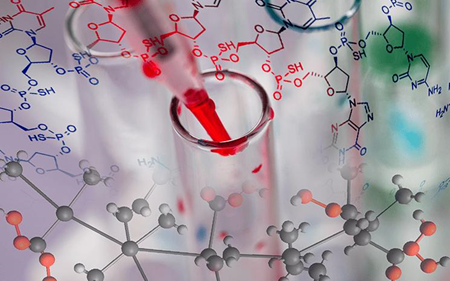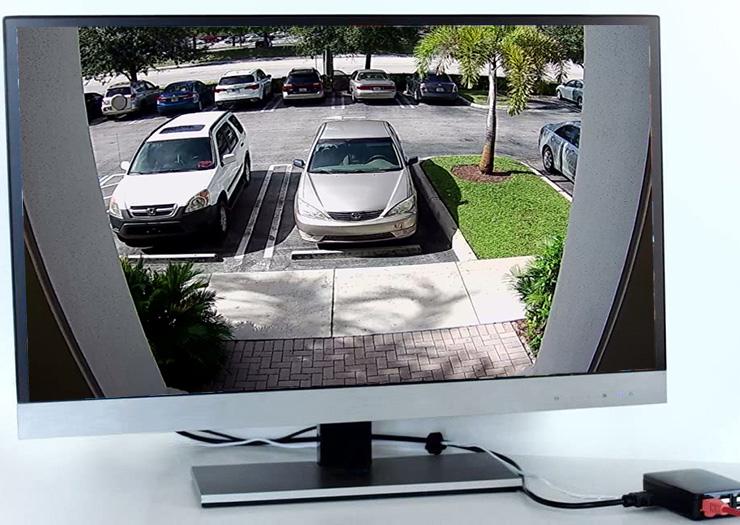When Should You Add an Internal Standard?
LC-MS bioanalysis demands precision for accurate quantification and reliable results. Implementing an internal standard is a crucial step in this process. Determining when to introduce the internal st...
12/08/2025
LC-MS bioanalysis demands precision for accurate quantification and reliable results. Implementing an internal standard is a crucial step in this process. Determining when to introduce the internal standard can significantly influence the accuracy and reproducibility of the analytical results. By choosing the optimal timing, researchers can correct for variations due to extraction efficiency, instrument fluctuations, and other procedural inconsistencies. This article explores the most effective stages to add an internal standard in LC-MS workflows. We’ll discuss the benefits and practical implications of different timings, helping you make informed decisions for your method’s success.

Understanding Internal Standard Timing
The timing of introducing an internal standard in LC-MS workflows can make or break the success of your bioanalytical method. Each stage—pre-extraction, post-extraction, and post-chromatography—offers distinct advantages and challenges, impacting the method’s accuracy and consistency. Understanding where and when to add this standard can lead to more robust and reliable data, ultimately enhancing analytical precision.
Pre-Extraction Addition
Adding the internal standard before extraction is a common practice because it compensates for sample loss and variability throughout the entire analytical process. When you introduce the internal standard at this stage, it undergoes the same steps as the analyte, ensuring comprehensive normalization from the start. This approach is particularly advantageous when dealing with complex sample matrices, as it accounts for variations in extraction efficiencies. However, it’s crucial to guarantee that the internal standard behaves similarly to the analyte throughout the procedure. Choose compounds with similar chemical structure and properties to minimize discrepancies and achieve reliable results.
Post-Extraction (Pre-Chromatography) Addition
Incorporating the internal standard after extraction but before chromatography allows for correction of variability related solely to the injection and chromatography phases. This method excludes possible inconsistencies tied to initial sample handling and extraction. By using this timing, you can focus on compensating for technical variations during the analytical run, such as fluctuations in injection volume or retention time shifts. While this approach narrows the scope of correction to specific stages in the workflow, it requires a clear understanding of sample behavior post-extraction to ensure consistency with the internal standard throughout the chromatography process.
Post-Chromatography (Post-Column Infusion) Addition
Post-chromatography addition of an internal standard is less common but may offer advantages in specific scenarios. This stage allows correction primarily for detector variability or matrix effects observed during the final analysis stages. When choosing this method, direct infusion of the internal standard can help normalize response factors and enhance the precision of quantitation results. However, ensure compatibility between the internal standard and analyte post-separation to avoid adverse interactions. This approach demands careful consideration of the compound properties to maintain analyte integrity during final detection.

Choosing the Right Timing: Factors to Consider
Selecting the optimal timing for adding an internal standard requires evaluating several critical factors. Sample complexity, analyte characteristics, and method workflow nuances play essential roles in informing your decision for the most effective stage.
Sample Preparation Complexity
In scenarios involving intricate sample preparation, adding the internal standard pre-extraction is usually recommended. This strategy helps counterbalance variability introduced during elaborate handling and processing steps, ensuring consistency across samples. If your workflow includes complex procedures like multiple liquid-liquid extractions or solid-phase extractions, incorporating the internal standard early can aid in achieving uniformity and mitigating potential sample loss.
Analyte Form
The physical and chemical form of the analyte influences when to introduce the internal standard. For analytes prone to degradation or volatility, early-stage addition offers a safeguard against adverse changes during the workflow. Ensure that both the analyte and internal standard exhibit similar stabilities to maintain proportionality and accuracy in quantitation, reducing the risk of loss or transformation over time.
Method Workflow
Each analytical method presents unique challenges based on its design and implementation. Evaluate your specific workflow to identify potential variability points where an internal standard could provide the most benefit. Consider stages prone to technical fluctuations, such as injection or detection, when deciding if post-extraction or post-chromatography timing might offer better correction. Tailor the internal standard addition to fit your method’s structure for best results.
Best Practices and Practical Guidance
Employing best practices for internal standard timing can greatly enhance your LC-MS bioanalytical method.
General Recommendations for Pre-Extraction Addition
When opting for pre-extraction addition, choose an internal standard that closely matches the physicochemical properties of the analyte. Ensure the compound’s stability under your workflow conditions and verify its non-interference with the analyte during analysis. Regular method verification with known quality controls helps validate the internal standard’s effectiveness, ensuring accuracy and consistent results over time.
When to Consider Post-Extraction or Post-Column Addition
Post-extraction or post-column approaches suit scenarios where correction for injection and detection variability is crucial. Employ these tactics when sample preparation is straightforward, minimizing the need for early-stage normalization. Thoroughly assess the method’s consistency and performance at each step to identify potential benefits, maintaining balance with the primary analyte to guarantee accurate compensation during later stages.
Conclusion
Selecting the optimal timing for introducing an internal standard into your LC-MS workflows is a critical decision that impacts your analysis’s integrity and reliability. Understanding the advantages and limitations of each addition stage—pre-extraction, post-extraction, and post-chromatography—ensures informed decisions tailored to your method’s specific needs. Consider factors like sample complexity, analyte form, and workflow design to determine the best approach. With strategic placement and adherence to best practices, you’ll effectively enhance your bioanalytical methods’ accuracy and confidence in your results.




